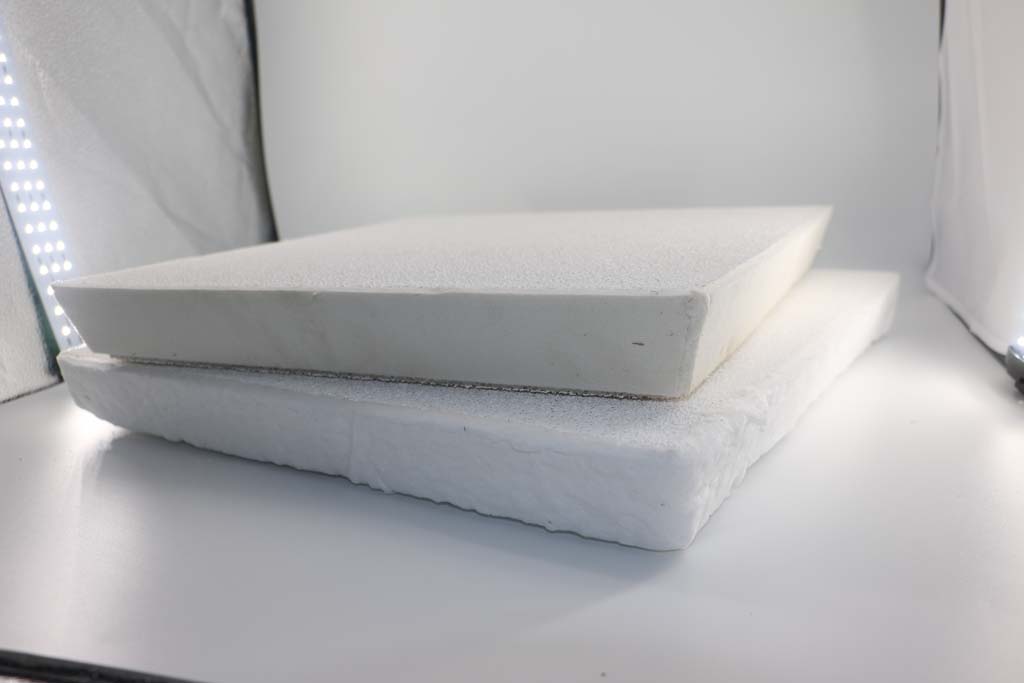
23 4月 Melting Aluminum Porous Ceramic Filter
Melting Aluminum Porous Ceramic Filter uses polyurethane foam as a carrier, soaked in a coating made of ceramic powder, binder, sintering aid, and suspending agent, and squeezes out the excess coating.
The ceramic coating is uniformly coated on the frame of the carrier to form a green body, and then the green body is baked and calcined at a high temperature.
Foam ceramic filters are divided into bonding type and sintered type.
The former relies on a binder to bond fine ceramic particles together, and the latter relies on high temperature insulation to sinter and melt pure ceramic fine particles together.
Melting Aluminum Porous Ceramic Filter has a unique three-dimensional connected arc-shaped net-like skeleton structure, and its open porosity can reach 80%-90%.
It has the following three filtration and purification mechanisms
One is mechanical interception.
The second is the rectifying scum. The rectifying effect of the filter makes the runners all filter the state before the filter, so that the filtered molten iron is stable in the laminar flow state, and the erosion and oxidation reaction of the molten iron is weakened, so the inclusions are easy to float and capture. The number of secondary inclusions is reduced.
The third type is deep adsorption, that is, the small inclusions entering the filter are adsorbed on the skeleton or trapped in the dead corner of the network due to full contact with the complex ceramic network of the flow channel.

Through these three filtration and purification mechanisms, large-volume inclusions and a large number of suspended inclusions as small as tens of microns in liquid metal can be effectively removed.
The filtration efficiency of the ceramic foam filter is as high as 95%, while the filtration efficiency of the double-layer fiber filter is only 67%, which significantly reduces the rejection rate of castings and the rate of welding repairs.
In addition, it can also simplify the pouring system, improve the metallographic structure, increase the yield and productivity of the casting process, and improve the internal quality, work performance and processing performance of the casting.
Therefore, the foam ceramic filter has a good application prospect.
Ceramic filter casting can effectively purify the casting alloy liquid. In casting production, the casting reject rate caused by casting defects such as non-metallic inclusions is generally as high as 50%-60% of the total reject rate. Inclusion defects not only seriously reduce the mechanical properties of the casting, but also have a harmful effect on the processing performance and appearance of the liquid casting alloy. Reducing or eliminating various non-metallic inclusions is undoubtedly an important technical measure to obtain high-quality castings.


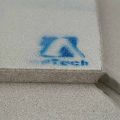
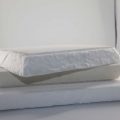
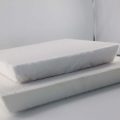
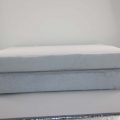
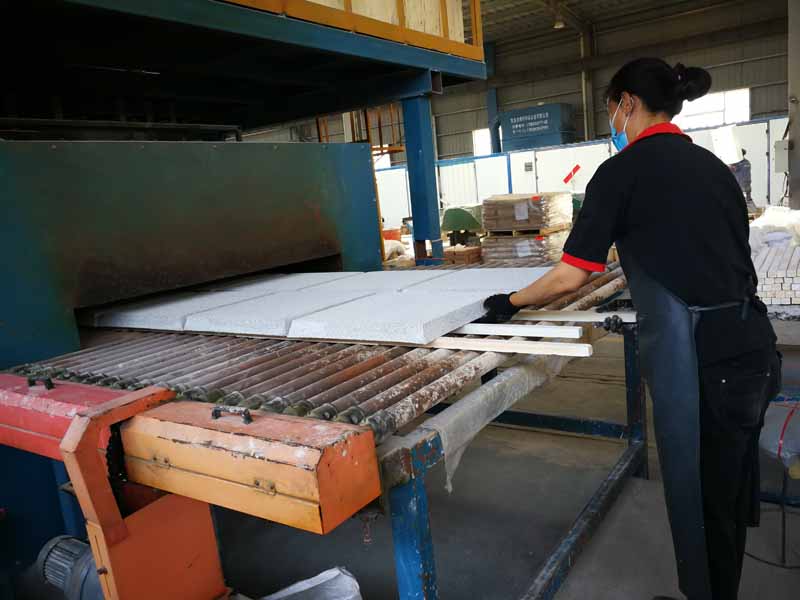
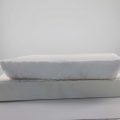
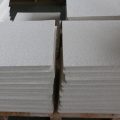
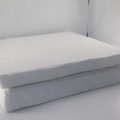
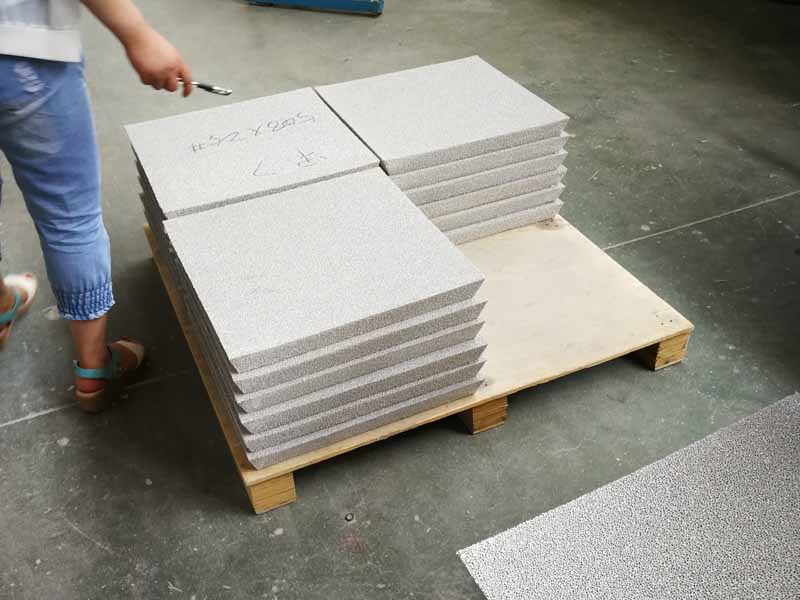
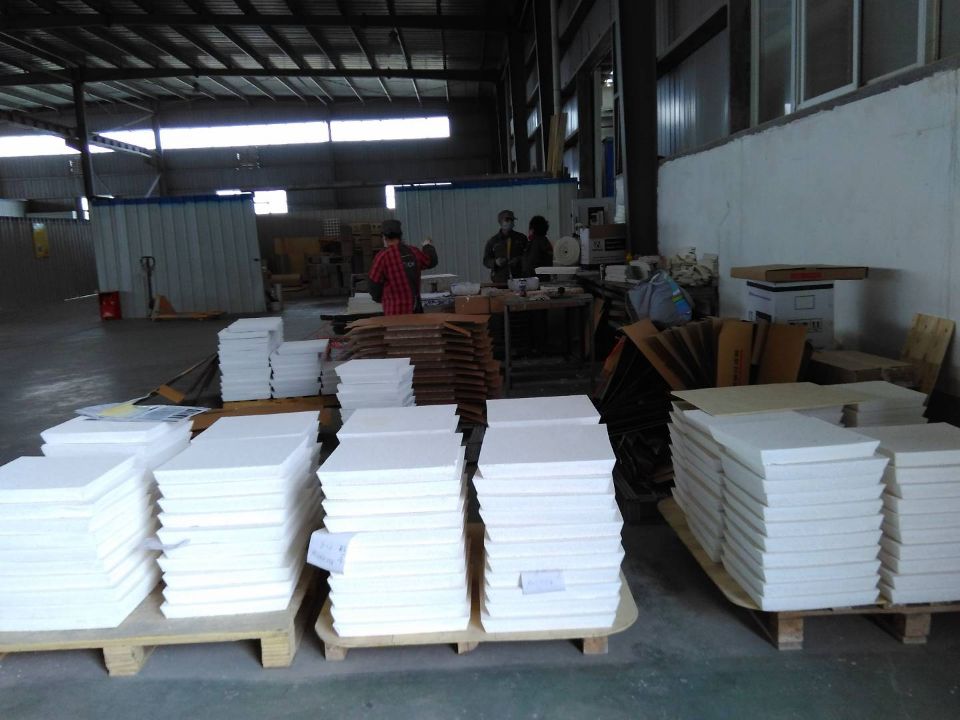
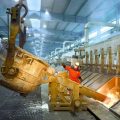
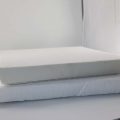
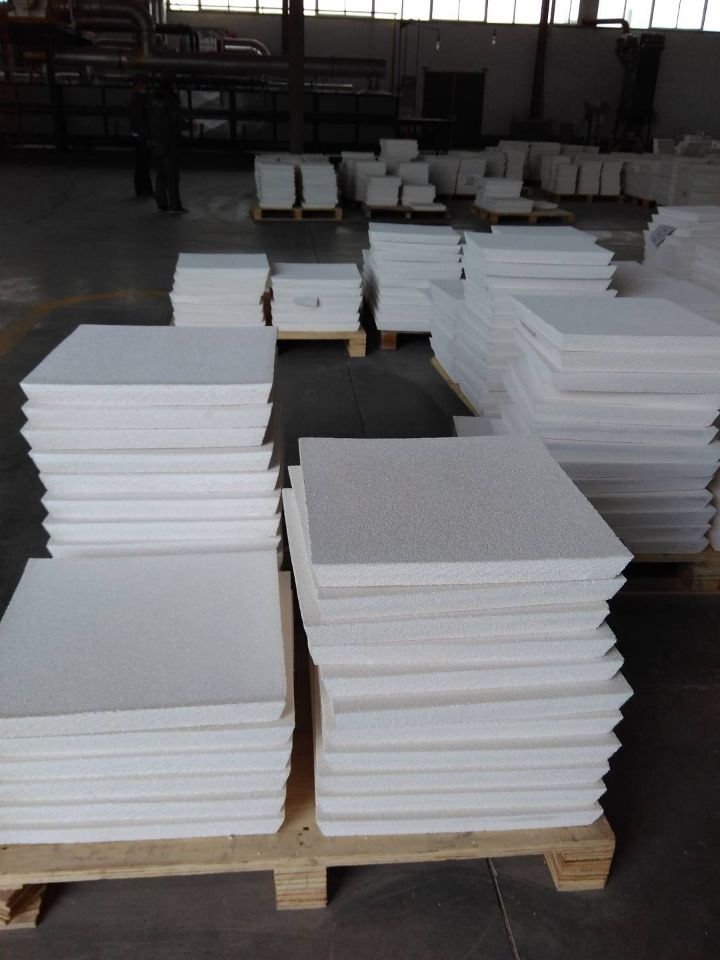
No Comments